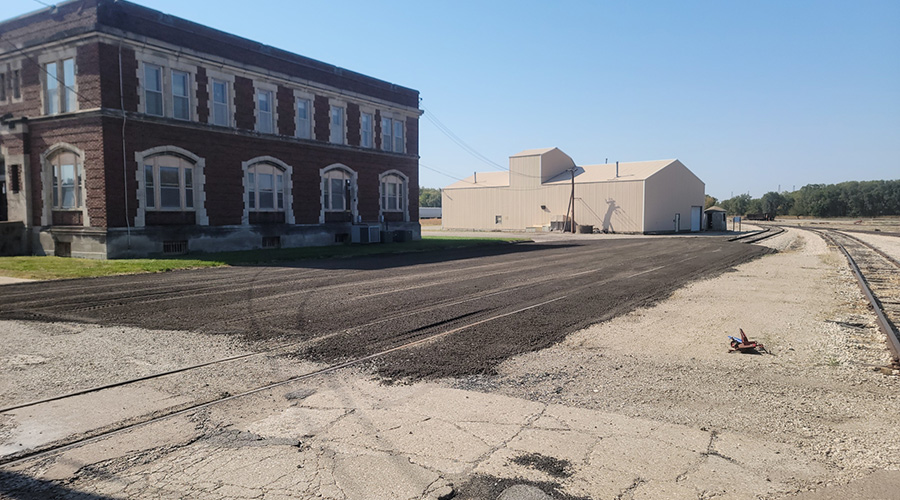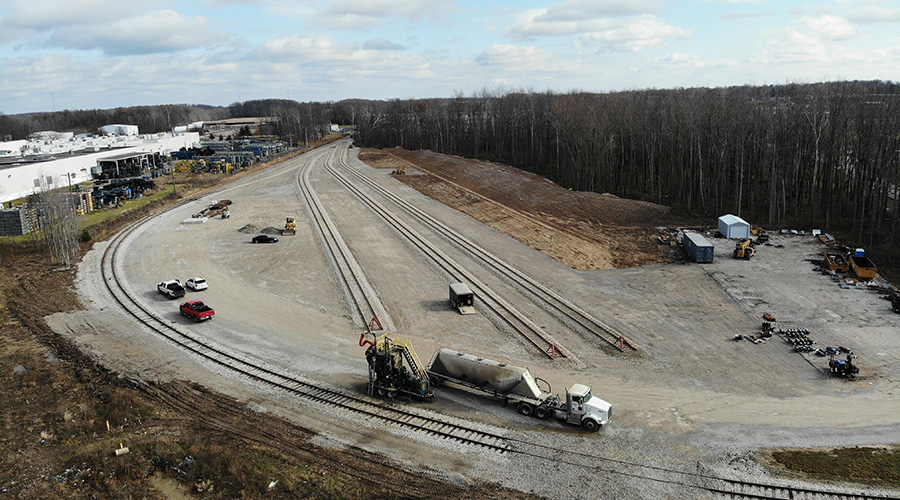A broad sector of interest groups unite against CARB's in-use locomotive rule
5/3/2024
By Julie Sneider, Senior Editor
A range of organizations — some of which don’t usually agree with each other when it comes to government regulation — have asked the U.S. Environmental Protection Agency to deny the California Air Resources Board’s (CARB) request for a waiver from the federal Clean Air Act so it can implement its “in-use locomotive” rule.
Designed to reduce greenhouse gas emissions, the rule prohibits locomotives older than 23 years from operating in the state, starting in 2030 for switch, industrial and passenger locomotives; and in 2035 for line haul locomotives. By 2047, 100% of annual fleet usage in California must be from zero-emissions locomotives. CARB approved the rule in October 2023.
Not surprisingly, the Association of American Railroads and the American Short Line and Regional Railroad Association have been fighting the CARB rule ever since the board proposed it. Additionally, the technology the rule calls for hasn’t been sufficiently tested and isn’t commercially available, the railroads say.
Because of the interstate nature of rail service, California’s regulation amounts to a national rule. And for the protection of the efficient flow of national commerce, regulation of the national rail network must be a national matter, AAR has said.
CARB needs the EPA waiver before it can enforce its regulation. The federal agency held a public hearing on the proposal in March and accepted public comments from stakeholders and the public through April 22.
 “We try not to be alarmist or over the top with our statements, but this rule would be the death knell of short lines in California.” — Chuck Baker, American Short Line Regional Railroad Association ASLRRA
“We try not to be alarmist or over the top with our statements, but this rule would be the death knell of short lines in California.” — Chuck Baker, American Short Line Regional Railroad Association ASLRRAThe ASLRRA and California Short Line Association have argued that the regulation also threatens the livelihood of small railroads, many of which own only older-model locomotives. Short lines operate on small profit margins, putting the cost of buying new units out of reach. There are 25 short lines in California.
“We try not to be alarmist or over the top with our statements, but this rule would be the death knell of short lines in California,” says ASLRRA President Chuck Baker. “Honestly, it’s not affordable, realistic, practical or workable in any form or fashion for most short lines in California. It’s not workable.”
Baker was pleasantly surprised not only by the number of comments filed with the EPA that oppose CARB getting its waiver, but by the broad cross-section of entities that spoke out against the rule.
“We made our own comments, which we thought were compelling, and AAR made their own comments, as I expected,” Baker says. “But there was a huge number of other comments — from different shipper groups of various commodities, a large number of national trade associations led by the National Association of Manufacturers, and multiple rail shipper groups that aren’t always totally simpatico with what the railroads want on regulatory issues like the Rail Customer Coalition and the NITL. They all came in with comments asking EPA to reject this proposal.”
In addition, multiple rail unions stated their opposition to EPA granting the waiver “and goodness knows we haven’t had a lot of room for unions and railroads to be on the same page over the past year,” Baker adds.
There also were conservative think tanks offering scholarly takes on why the CARB rule would be problematic. The U.S. Chamber of Commerce organized a group of 130 state and local chamber groups that, along with the National Association of Counties, said the CARB rule would have unintended consequences for the supply chain and the ability of railroads to adequately serve their communities.
Government entities, including the Surface Transportation Safety Board and the U.S. Small Business Administration Office of Advocacy, also expressed concerns about the CARB rule. Moreover, a bipartisan group of U.S. senators and nearly all of the Republican members of the House Transportation and Infrastructure Committee urged the EPA to deny CARB the waiver.
CARB initiated the regulation to "accelerate immediate adoption of advanced cleaner technologies for all locomotive operations," the agency’s officials have said. The goal also is in keeping with California Gov. Gavin Newsom's executive order calling for all off-road vehicles and equipment operations to be zero-emission by 2035.
To be sure, CARB’s waiver request to enforce a state regulation has its share of support. For example, the National Association of Clean Air Agencies said EPA has no choice but to grant it.
“As established by Congress, EPA’s role in granting authorization to California on a particular emissions control rule for non-new nonroad vehicles or engines is narrow and deferential,” the NACAA stated in its comments. “EPA is not to substitute its judgment for that of CARB as to whether a standard is too technically challenging or too expensive.
Moreover, the EPA may not base its decision on statutes other than the [Clean Air Act], or other policy considerations. Rather, EPA must grant California’s request for an authorization unless it can demonstrate that one or more of the conditions” of the act are not met.
ASLRRA’s Baker says it’s unclear exactly when the EPA might respond to the CARB waiver request.
“We don’t know what the EPA is going to do or when,” says Baker. “There’s no countdown clock for them to act.”
Still, he is encouraged by the depth and breadth of comments that express concern about the impact CARB’s rule would have on short lines, the rail industry and broader supply chain.
“There really was a robust, broad group of folks who commented,” Baker says. “So, I think the record is really compelling.”


